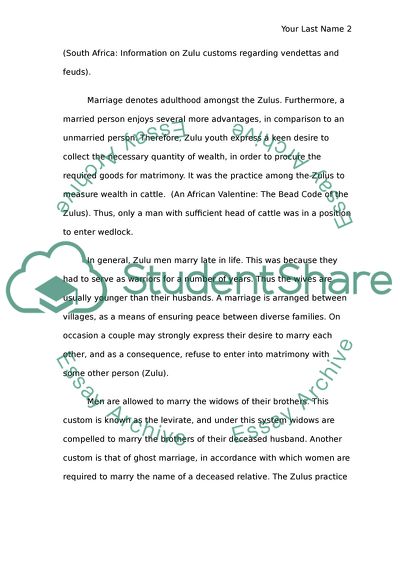Cite this document
(The Institution of Marriage Among the Zulu Ethnic Community of South A Essay, n.d.)
The Institution of Marriage Among the Zulu Ethnic Community of South A Essay. https://studentshare.org/sociology/1729483-african-anthropology
The Institution of Marriage Among the Zulu Ethnic Community of South A Essay. https://studentshare.org/sociology/1729483-african-anthropology
(The Institution of Marriage Among the Zulu Ethnic Community of South A Essay)
The Institution of Marriage Among the Zulu Ethnic Community of South A Essay. https://studentshare.org/sociology/1729483-african-anthropology.
The Institution of Marriage Among the Zulu Ethnic Community of South A Essay. https://studentshare.org/sociology/1729483-african-anthropology.
“The Institution of Marriage Among the Zulu Ethnic Community of South A Essay”. https://studentshare.org/sociology/1729483-african-anthropology.


